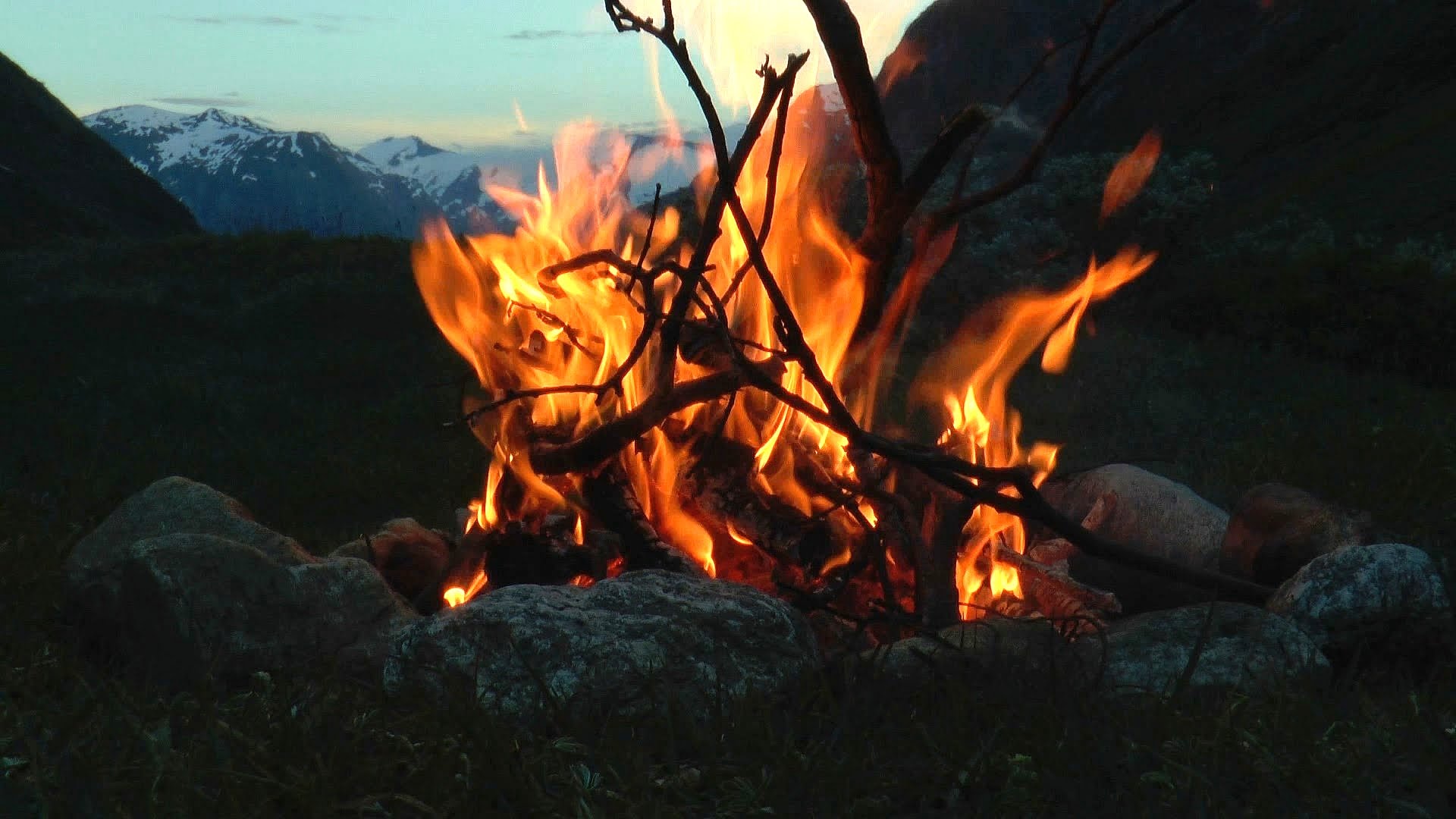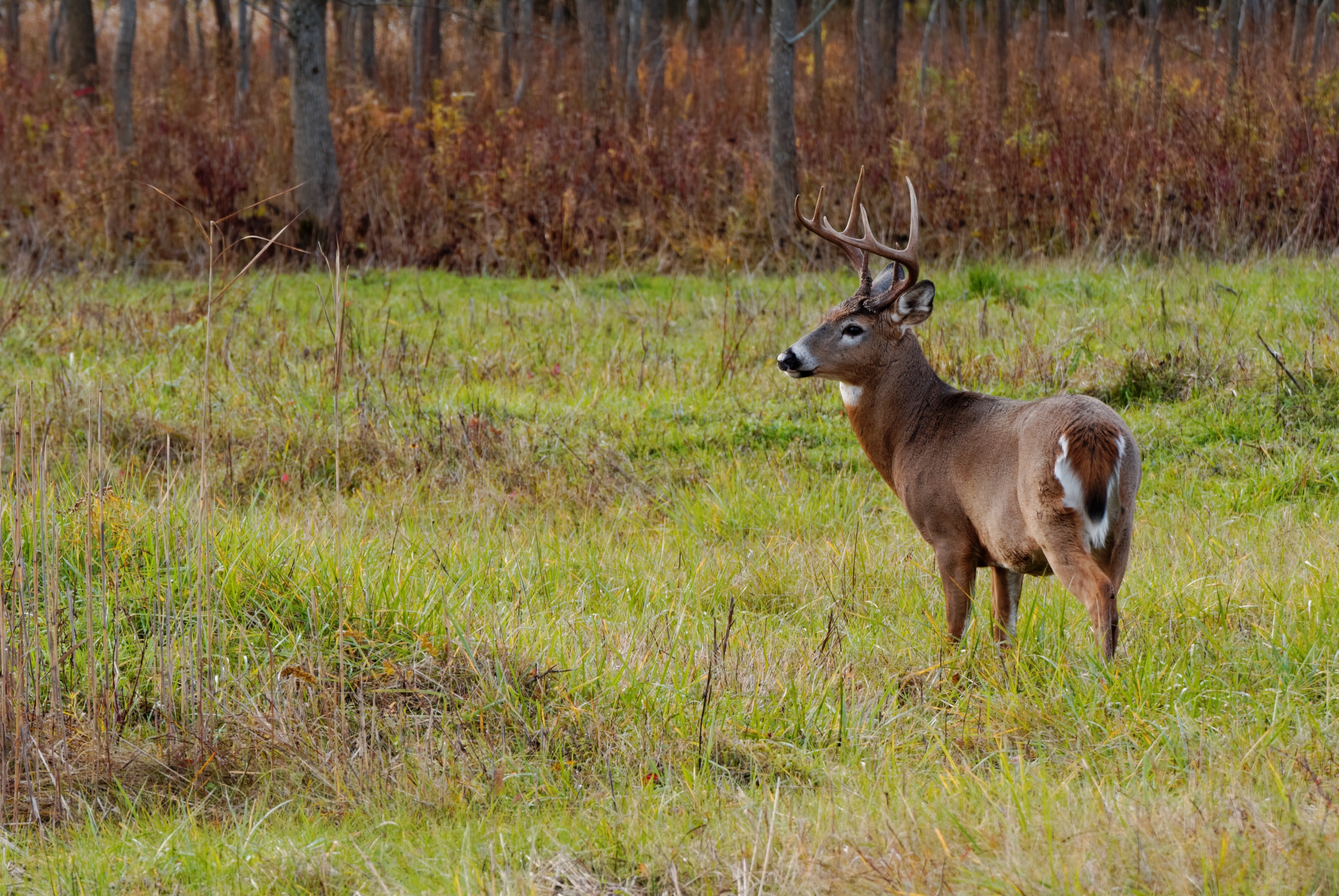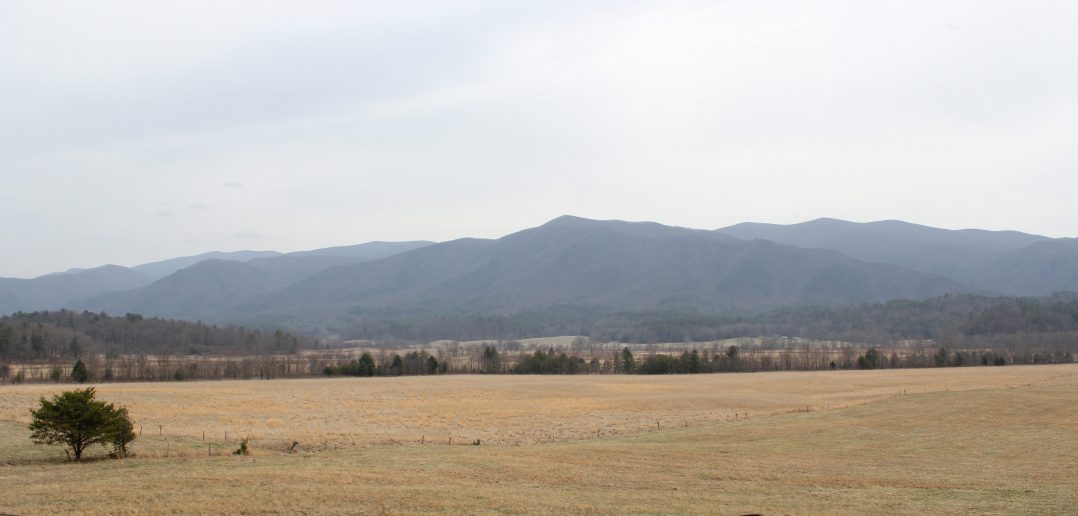There Is No Off-Season

As we enjoy the summer months, it may seem like this is a good time to look back on the season and reflect on all your experiences throughout. Maybe you were lucky enough to harvest that big buck that’s eluded so many eyes for so many years. Or, perhaps you cashed in on your first duck band. It could be that you got to set your eyes on a storm of snow geese in the late winter months or hear the thunderous boom of an old tom gobbling his way through the woods. Most would consider this time of year as a time of rest and relaxation—enjoying some time on the water looking for catfish or bass, catching up with friends and family who may have wondered if you really did fall off the face of the Earth. It all sounds great, of course.
Steps to Take Right Now
But, if you’re like me, you’re not like most people. For us, there is no off-season. The next season is already on our minds, and we are thinking about what we can do to make this season more productive than the last season. Sure, deer season may not open again for another 3 months, but there are steps you can be taking right now to help maximize your efforts once the time comes. By no means do you have to devote every weekend from now until the opener to making preparations, one Saturday a month will pay huge dividends when that alarm clock blares on opening morning.

Scout the Game Trails
Identifying game trails at this time of the year may be the single best thing you can do for yourself. All trails lead to something, whether it be food, water, or bedding. Deer don’t blaze trails just for the sake of blazing trails, there’s an end game as to why they’ve chosen this particular route. Once you’re able to identify the trail itself and, if possible, what it leads to, you’re able to start game planning on how you would hunt this specific trail. Use a trail camera to help determine the direction they use to enter or exit. Pair that with how they travel that particular trail with the wind and weather conditions of a specific day, and you’re even one step further ahead of the game.
Opt for a camera that either has a “No flash” or “No glow” flash or an IR flash
When selecting a trail camera, there are two big factors to consider. First, opt for a camera that either has a “No flash” or “No glow” flash or an infrared (IR) flash. The trail camera with a white flash may produce a better-looking photo or video, but is it worth the chance of spooking deer in the process? Second, can you afford to go wireless? Wireless cameras are considerably more expensive than their non-wireless cousin, but the advantage they hold more than makes up for the price difference. It saves you a couple hours of driving to go pull memory cards and it keeps your scent out of the woods. Of course, check with your state’s regulations about camera usage. If prohibited, there are several scent-elimination alternatives available for you to consider.
Scope the Trees
Speaking of formulating a game plan for the upcoming season, now is also a great time for figuring out which trees to hang a tree stand from or where a ground blind would be of best use. Keep in mind that you should check those safety harnesses and your climber’s rope as well to make sure you can safely setup your stands. Using the results from your trail cameras, start figuring out which trees in the area offer the best vantage point, are sturdy enough to handle being climbed several times, and are wide enough to break up your silhouette. A tree that’s able to break up three-fourths of your silhouette is ideal, but more is always better. And while you’re selecting your tree, take a look around and start figuring out how much clearing is going to be needed. Remember, less is more when it comes to clearing. You want just enough to get a shot through, but not so much that it puts deer on alert anytime they come through the area.
Don’t Go Blind
When using a ground blind, position it in such a manner that allows you to see as much of the trail as possible, but also in an area of natural vegetation that breaks up the sharp corners of the structure. How the wind will enter and exit throughout the blind and travel through the woods is another factor to consider. Generally, I prefer to have all of my stands, blinds, and shooting lanes setup by mid or late August. In Texas, the archery season starts around the end of September or the beginning of October, so this strategy gives them about a month to get used to having these structures and the small changes in scenery around.

Setup Your Feed
Check with your State’s regs before assuming you can use a feeder or supplements
Winter months are extremely harsh to your herds’ diet, and the spring and summer months are a time for them to refuel and replenish what they’ve lost in that time. This time of the year is for growth and nothing promotes growth like protein. Deer get the protein from the greens they eat around this time of year, but to really maximize their potential, a protein supplement is essential. Check with your state’s regulations before assuming you can use a feeder or supplements, and make sure you know how long you can use them, if allowed. While corn has a protein percentage of about 6%, protein supplements have a percentage of between 16% and 20%. You can certainly swap the corn out of your feeder and replace it with protein, but then you run the risk of everything else getting to it before the deer might. A good protein feeder, or gravity feeder, allows deer to access the pellets from a tube and more simply falls into place as it gets eaten from the tubes.
Starting out, try mixing the protein and corn in 1:1 ratio to get the deer used to the taste of the protein. Remember, this isn’t something they’ve been brought up on, so introducing straight protein to them might have them turning their noses up at it. The corn provides a sweetness to the mix, allowing you to adjust to the taste. Over time, start removing the corn and adding more protein to the mix. Eventually, they won’t even notice the difference, and you’re on your way to growing bigger, healthier deer. If you choose to feed all-year round, return the corn to the protein mix at the beginning of fall.
Taking just a little bit of time to tend to your property and herd could be the difference come fall
Taking just a little bit of time to tend to your property and herd around this time of year while everyone else’s mind is on fun in the sun could be the difference come fall. We all want to give ourselves the best opportunity to harvest that animal that fills our dreams. So, why not be proactive in getting the jump on the competition? You’ll sweat for it. The mosquitos may take advantage of the easy meal while you’re out there. And poison ivy is always a possibility when venturing out into the woods this time of the year. But, when you finally get to lay your hands on that monster that most people think only exists in stories, you’ll thank yourself for putting forth just a little bit more effort.
-W.Ringo
